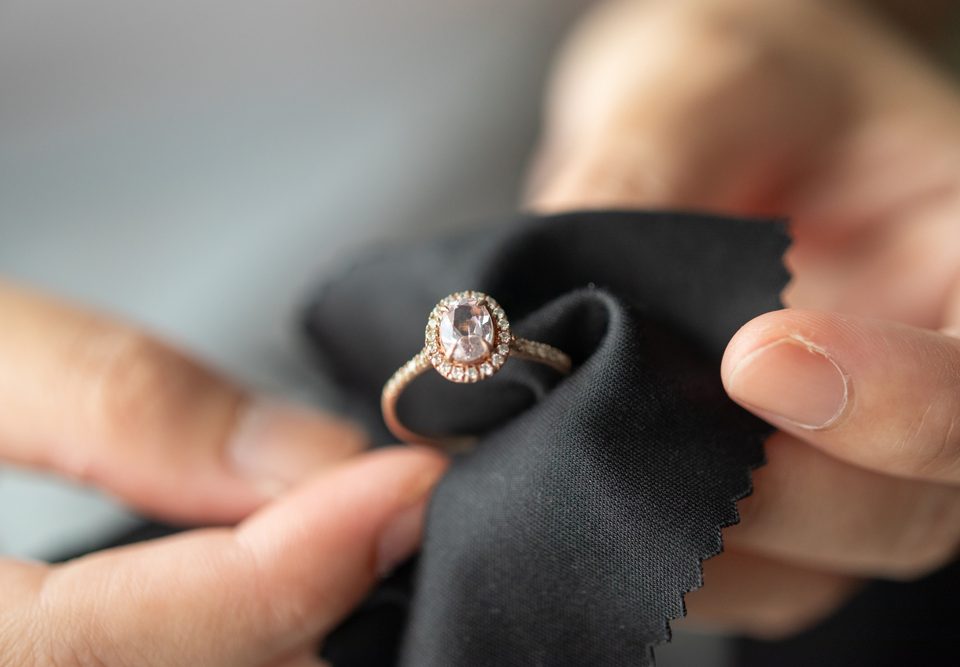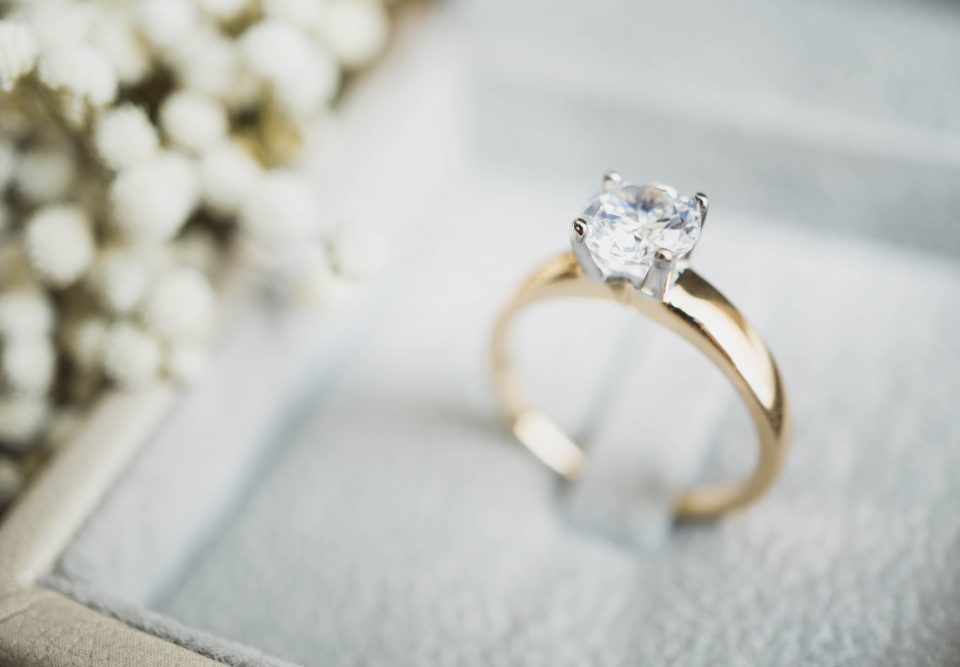- Quick contact:
- 801.359.2035
Breaking Down the 4 C’s of Diamond Buying: Clarity
When you find “the one” it’s an exciting time, filled with plans for the future. Before you start planning that big day, though, you need to find that perfect ring that expresses your love and shows her she is right for you. Shopping for a ring can seem a little overwhelming, so it’s important to focus on what diamond experts call the 4 C’s of diamonds:
- Color
- Cut
- Clarity
- Carat Weight
Each one of these areas has its own important aspects, so in this article we’re going to focus in on just one of the four: clarity.
Who Determines the Grading Criteria?
The generally accepted criteria for diamond grading comes from the Gemological Institute of America (GIA), a “nonprofit gem research institute dedicated to provide corporate & company gem education in the field of gemology and jewelry arts,” according to their website. The institute has been in operation since 1913 with the goal of creating standards that help with objective evaluation for gemstone quality to protect those who buy and sell precious stones.
What is Diamond Clarity?
Diamond clarity is a measure of how many defects, called ‘inclusions’, a diamond has. The generally accepted scale from the GIA, from the best possible diamond clarity to the worst, is:
- IF – Internally flawless
- VVS1 – Very, very small inclusions 1
- VVS2 – Very, very small inclusions 2
- VS1 – Very small inclusions 1
- VS2 – Very small inclusions 2
- SI1 – Small inclusions 1
- SI2 – Small inclusions 2
- I1 – Inclusions 1
- I2 – Inclusions 2
Generally speaking, when you’re planning to purchase a diamond, you want to look for something that looks clean to the naked eye—which doesn’t necessarily mean you need to purchase a diamond that is graded completely flawless (IF). Something ‘naked-eye clean’ will look amazing to virtually everyone, with inclusions that only a very experienced jewelry appraiser might catch with extremely powerful loupes.
For most purchases, this means finding something with a clarity grading around VS1 or higher. Unfortunately some buyers can fall into the trap of believing that they need the flawless diamond, and might end up paying a much higher price than it’s worth to get that level of clarity.
The Visual Test
While diamond clarity grading is one place to start, it’s important to note that clarity grades are only based on the size of the inclusion and do not usually take into account the color or position of the inclusion. A large, but virtually sheer inclusion at the edge of the diamond might render it a lower clarity grade, but would be almost unnoticeable compared with a much smaller inclusion that was in the center of the diamond and opaque or black—and the second diamond would likely have a better clarity grade. Before you make any purchase of this magnitude, take some time to visually inspect the diamond so you know exactly what you’re getting. If you can see that black speck in the center of the latter diamond mentioned above, chances are she will be able to see it too, and it will be a reminder that you purchased a flawed diamond.
For these reasons, it’s best to buy from a trusted diamond store where you can see the stones in person, rather than trying to get a cut rate online where poor quality photography or certain angles might make a diamond look better online than it does in person. Check out the selection at AAA Jewelry today and talk to our diamond experts to find the right stone for the one you love.




